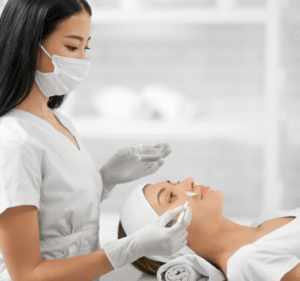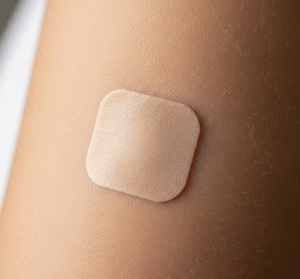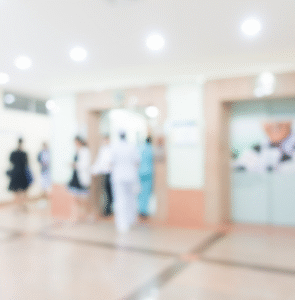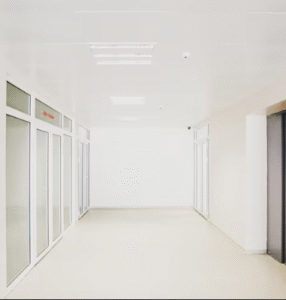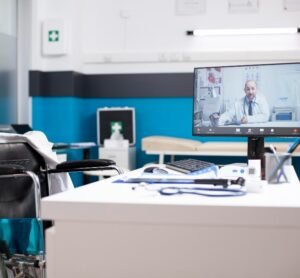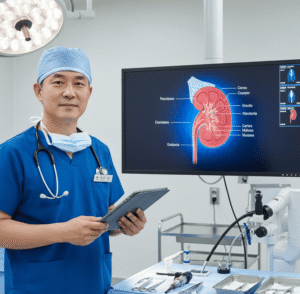Overview
Cosmetic procedures are medical or surgical treatments aimed at enhancing appearance rather than treating a medical condition. These procedures focus on improving facial features, body contours, skin texture, and overall aesthetics.
Importance of cosmetic procedures:
- Enhances self-esteem and confidence by addressing perceived physical imperfections.
- Corrects age-related changes, scars, or congenital deformities.
- Can improve functional aspects alongside aesthetics (e.g., rhinoplasty improving breathing).
- Offered in a range of minimally invasive to surgical techniques for customized results.
In South Korea, cosmetic procedures are world-renowned, especially in Seoul and Busan, with advanced technology, highly trained surgeons, and globally recognized aesthetic standards. South Korea is considered a global hub for cosmetic surgery.
Why It’s Done
Cosmetic procedures are primarily performed to enhance physical appearance and improve psychological well-being.
Common motivations include:
- ➤ Facial rejuvenation: Reduce wrinkles, sagging skin, or signs of aging.
- ➤ Body contouring: Liposuction, fat grafting, or body sculpting.
- ➤ Corrective procedures: Scar revision, cleft lip/palate repair, or rhinoplasty for structural correction.
- ➤ Skin improvement: Laser treatments, chemical peels, or dermabrasion for scars, pigmentation, or texture.
- ➤ Boost self-confidence: Enhancing appearance can improve social, professional, and personal confidence.
Benefits for patients:
- ✔️ Improved physical appearance and facial harmony.
- ✔️ Enhanced psychological well-being and self-esteem.
- ✔️ Functional improvements in certain procedures (e.g., eyelid surgery improving vision).
- ✔️ Access to minimally invasive procedures with shorter recovery times.
- ✔️ Personalized treatment plans for age, gender, and aesthetic goals.
Alternatives
Depending on patient goals, alternatives to surgical cosmetic procedures may include:
- ➤ Non-surgical aesthetic treatments: Botox, dermal fillers, chemical peels, laser resurfacing.
- ➤ Skin care regimens: Topical treatments, retinoids, moisturizers, and sun protection.
- ➤ Lifestyle modifications: Diet, exercise, and non-invasive body contouring devices (e.g., cryolipolysis).
- ➤ Psychological support: For body dysmorphic concerns or realistic expectations.
Key point: Non-surgical alternatives are suitable for mild to moderate concerns or patients seeking temporary results without surgery.
Preparation
Proper preparation ensures safe procedures, optimal results, and patient satisfaction.
Steps include:
- ✅ Medical assessment: Review of general health, allergies, medications, and previous surgeries.
- ✅ Physical examination: Assess skin type, facial or body anatomy, and realistic expectations.
- ✅ Patient counseling: Discuss procedure type, expected results, risks, recovery time, and cost.
- ✅ Consent: Obtain informed consent detailing procedure, alternatives, and complications.
- ✅ Pre-procedure instructions: Avoid certain medications (e.g., blood thinners), stop smoking, and follow skin care protocols.
Important: Preparation helps minimize complications and ensures personalized treatment planning.
How It’s Done
Cosmetic procedures vary from non-invasive treatments to major surgeries.
Common procedure types:
- Non-surgical treatments:
- Botox injections: Reduce dynamic wrinkles by relaxing facial muscles.
- Dermal fillers: Restore volume, sculpt facial contours, and reduce wrinkles.
- Laser therapy: Improve pigmentation, scarring, and skin texture.
- Chemical peels and microdermabrasion: Remove dead skin layers for smoother skin.
- Surgical procedures:
- Rhinoplasty: Reshape nose for aesthetic or functional improvement.
- Blepharoplasty: Eyelid surgery to remove excess skin or correct drooping.
- Facelift (Rhytidectomy): Tighten facial skin and underlying muscles to reduce sagging.
- Liposuction: Remove excess fat from body areas for contouring.
- Breast augmentation/reduction: Alter size or shape for aesthetic harmony.
Procedure environment:
- Conducted in clinics, outpatient surgery centers, or hospitals depending on invasiveness.
- Local or general anesthesia is used based on procedure type.
- Minimally invasive treatments often require no hospitalization.
Key point: South Korea is renowned for precision, modern techniques, and natural-looking results in cosmetic procedures.
Recovery & Post-Use Care
Recovery depends on procedure type, ranging from same-day minimal recovery to weeks for surgical interventions.
Immediate post-procedure care:
- Observe for bleeding, bruising, or swelling.
- Use ice packs or prescribed medications to manage discomfort.
- Protect treated areas from sun exposure.
Short-term care:
- Avoid strenuous activity for 1–4 weeks depending on surgery.
- Follow prescribed topical treatments or oral medications.
- Attend follow-up visits for suture removal, scar care, or assessment.
Long-term outcomes:
- Optimal results visible within weeks to months after healing.
- Maintain skin care and healthy lifestyle for sustained aesthetic results.
- Periodic follow-up ensures early detection of complications and long-lasting satisfaction.
Important: Proper post-procedure care ensures safety, faster recovery, and better aesthetic outcomes.
Possible Complications / Risks
Even with modern techniques, cosmetic procedures carry potential risks and complications:
- ⚠️ Infection or delayed wound healing.
- ⚠️ Bleeding or hematoma at the surgical site.
- ⚠️ Scarring or pigmentation changes.
- ⚠️ Asymmetry or unsatisfactory aesthetic result.
- ⚠️ Allergic reactions to anesthesia, fillers, or medications.
- ⚠️ Nerve injury causing temporary or permanent numbness.
- ⚠️ Swelling, bruising, or pain post-procedure.
In South Korea, advanced aseptic techniques, high-quality materials, and skilled surgeons minimize risks and ensure high patient satisfaction.
Treatment Options / Clinical Relevance in Korea
Cosmetic procedures in South Korea are globally recognized for innovation, precision, and natural results.
Key features:
- 🏥 Offered in specialized cosmetic surgery clinics and top-tier hospitals.
- 🏥 Combination of surgical and non-surgical options allows tailored treatment.
- 🏥 Advanced technology includes laser devices, 3D imaging, and robotic-assisted surgery.
- 🏥 Pre- and post-procedure counseling ensures safe, effective, and patient-centered care.
- 🏥 Korea’s aesthetic standards are highly respected internationally, attracting medical tourists worldwide.
Highlights in Korea:
- ✔️ Wide range of procedures from minimally invasive to major surgeries.
- ✔️ Skilled surgeons provide natural-looking and precise results.
- ✔️ Comprehensive care includes pre-op planning, surgery, recovery, and long-term follow-up.
- ✔️ Global reputation for safety, innovation, and aesthetic excellence.
Highlights
- ➤ Cosmetic procedures enhance appearance and improve self-confidence.
- ➤ Indicated for facial rejuvenation, body contouring, corrective surgeries, and skin improvement.
- ➤ Alternatives include non-surgical treatments, skincare, lifestyle changes, or psychological support.
- ➤ Preparation involves medical assessment, patient counseling, consent, and pre-procedure instructions.
- ➤ Procedures range from injections, lasers, and chemical peels to rhinoplasty, facelift, and liposuction.
- ➤ Recovery varies from minimal downtime to several weeks with proper follow-up and wound care.
- ➤ South Korea offers world-class cosmetic procedures with advanced technology, skilled surgeons, and internationally recognized standards.








